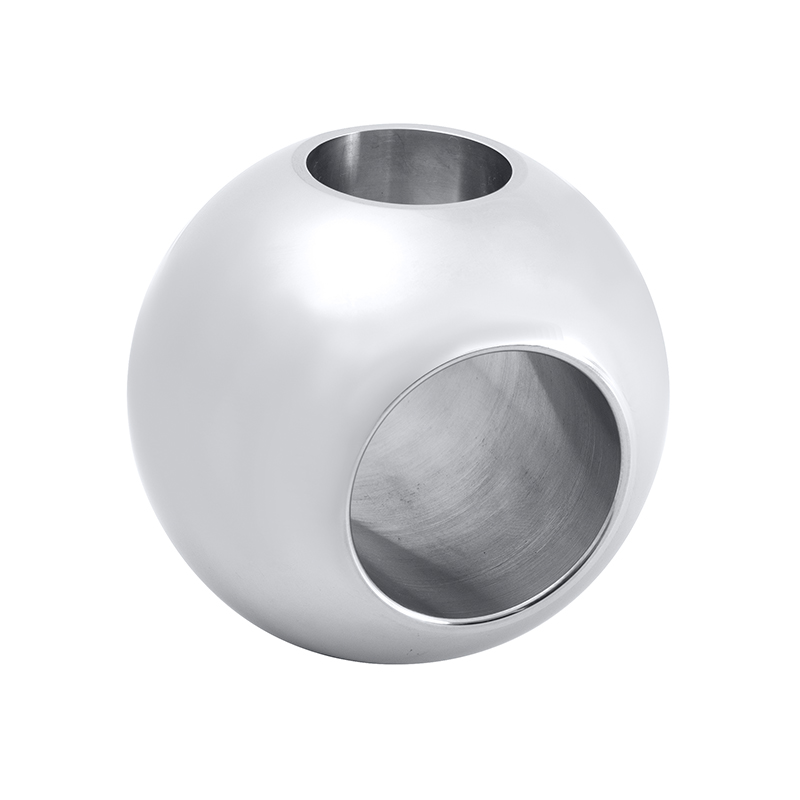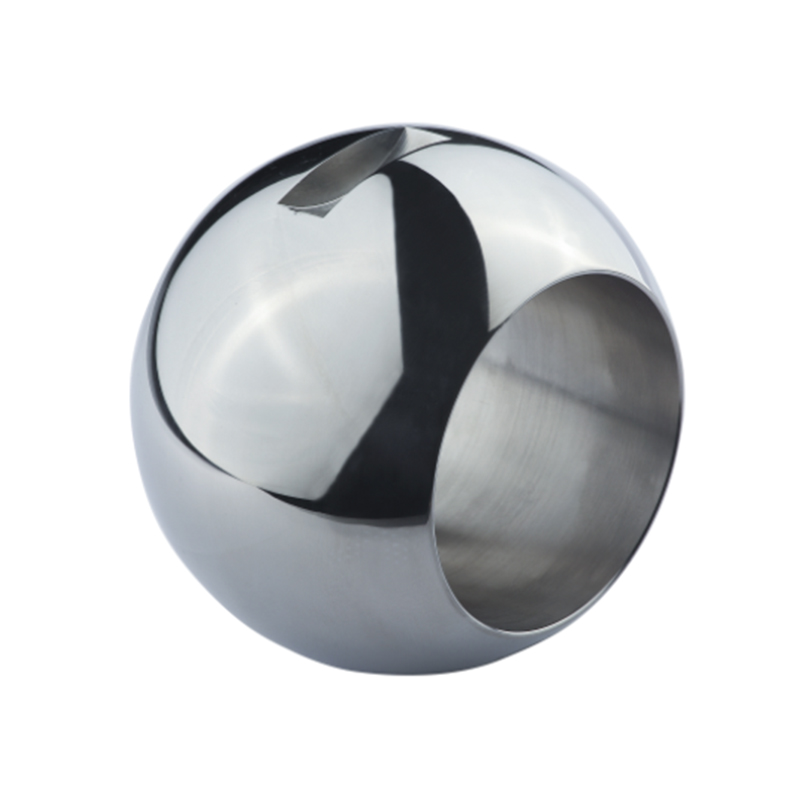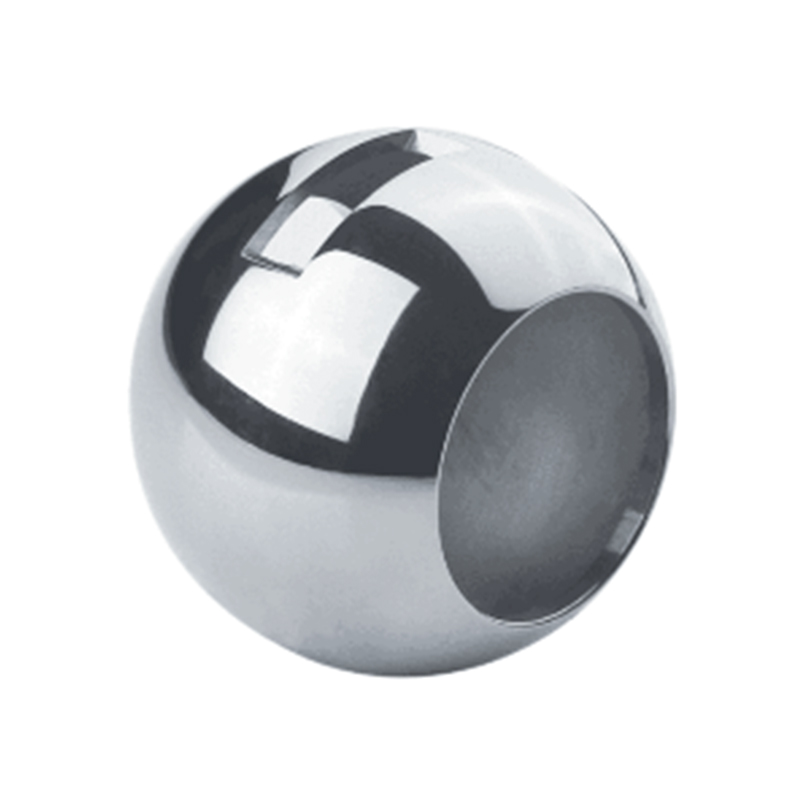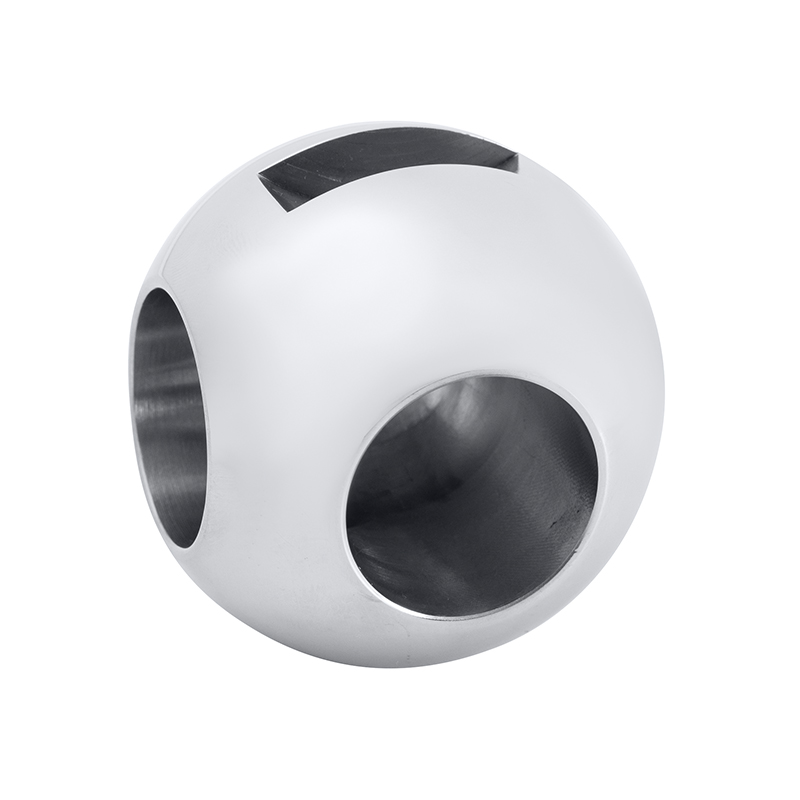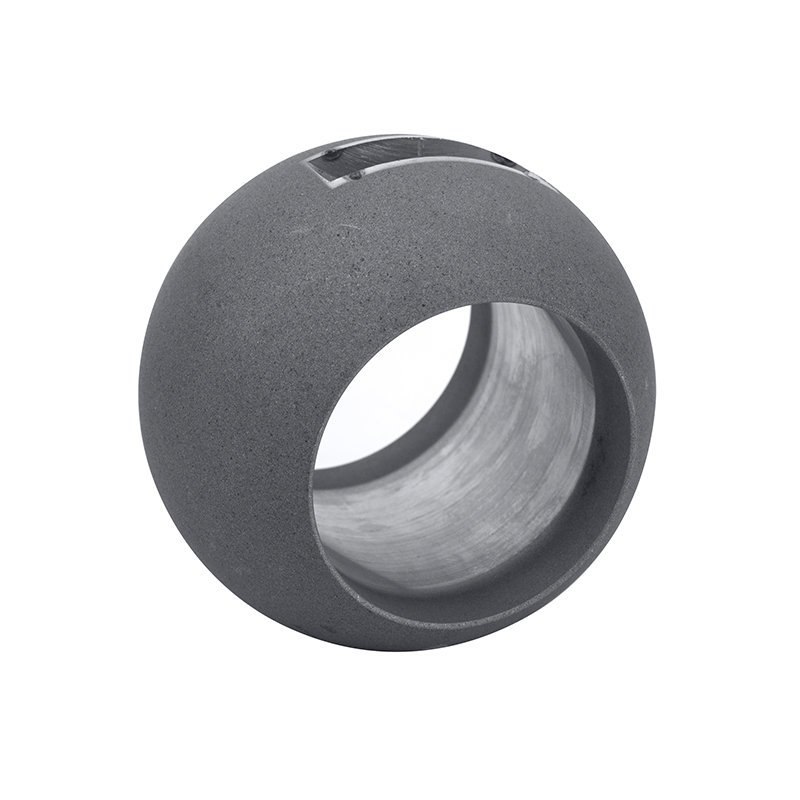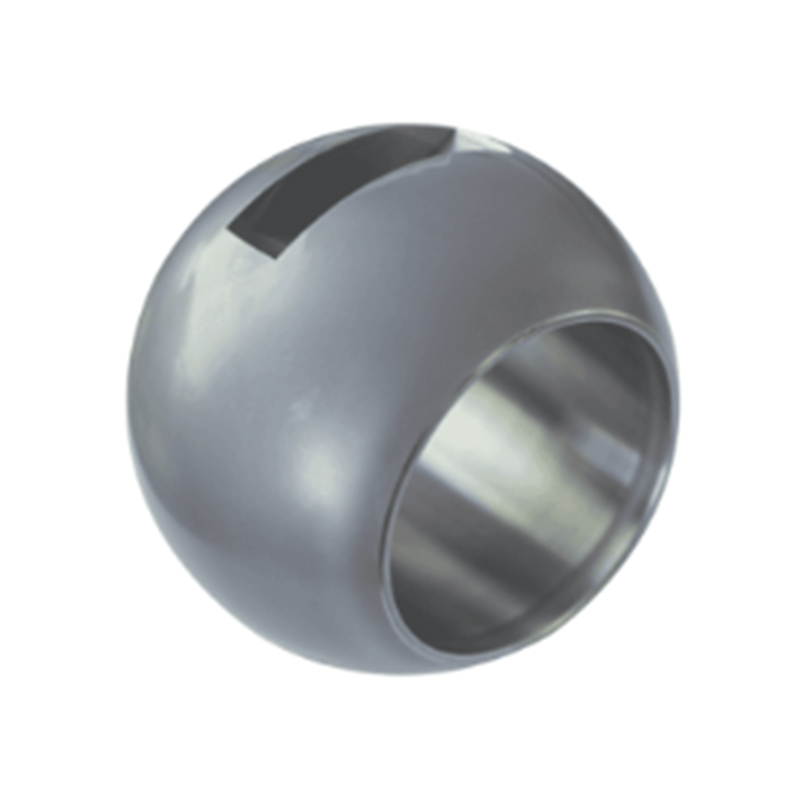In industrial applications, ball valves are critical components used to control fluid flow with reliability and precision. Among the various types, the 3 piece flanged ball valve and the T type 3 way ball valve are widely favored for their versatility and ease of maintenance. However, the performance and durability of these valves can be significantly affected by thermal cycling—repeated heating and cooling that occurs during normal operation. Understanding the effects of thermal cycling on valve ball performance is essential to ensuring the longevity and proper function of these valve types.
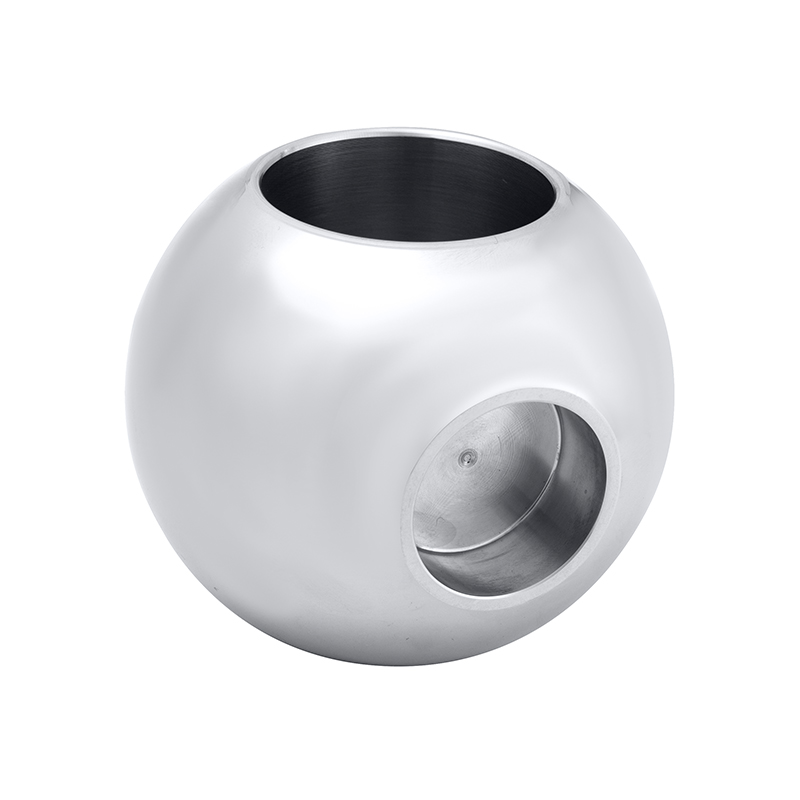
Overview of 3 Piece Flanged Ball Valve and T Type 3 Way Ball Valve
The 3 piece flanged ball valve consists of three separate body parts bolted together, allowing easy access to internal components for maintenance or replacement without disturbing the pipeline. The flanged ends facilitate installation and secure connection to the piping system, making it suitable for high-pressure and high-temperature applications.
On the other hand, the T type 3 way ball valve features a T-shaped ball inside the valve body that allows flow to be directed between three different ports. This design provides flexibility in controlling and redirecting flow paths in complex piping networks, commonly found in chemical processing, HVAC, and industrial fluid handling systems.
Thermal Cycling and Its Impact on Valve Ball Performance
Thermal cycling involves subjecting a valve to alternating high and low temperatures, which can induce expansion and contraction of the valve materials. This cyclic thermal stress impacts both the metal components and sealing elements, influencing valve ball performance over time.
Material Expansion and Contraction
Valve balls are typically made of stainless steel or other alloys designed for corrosion resistance and strength. However, even these materials expand when heated and contract when cooled. In a 3 piece flanged ball valve, the three body sections and the ball may expand at different rates due to material composition or temperature gradients, causing mechanical stresses at the joints and flanges. This can advance to loosening of flange bolts or deformation of sealing surfaces, which affects the valve’s ability to maintain a tight seal.
In the T type 3 way ball valve, the internal ball must rotate smoothly to switch flow paths. Thermal cycling can alter the clearances between the ball and valve seats. Excessive contraction might cause the ball to bind or increase friction, while expansion may reduce sealing efficiency, pilot to leakage.
Seal Degradation
Valve performance heavily relies on the integrity of seals and seats, which are often made from polymer materials such as PTFE or elastomers. These materials can be sensitive to temperature fluctuations. During thermal cycling, repeated expansion and contraction stress the seals, potentially causing hardening, cracking, or loss of elasticity. In both the 3 piece flanged ball valve and the T type 3 way ball valve, degraded seals can result in reduced sealing capability, operational difficulties, and increased maintenance requirements.
Fatigue and Wear
Repeated thermal cycling also contributes to fatigue in the valve ball and surrounding components. Microscopic cracks may develop in the metal due to the alternating stress, which over time can propagate and weaken the valve ball. The continuous rubbing between the ball and seats during operation, compounded by temperature-induced changes in dimensions, accelerates wear.
Mitigating Thermal Cycling Effects
Manufacturers and operators can take several approaches to mitigate the effects of thermal cycling on valve ball performance.
Material Selection: Using alloys with compatible thermal expansion coefficients for the valve body and ball helps less stress caused by differential expansion. High-quality polymer seals designed to withstand wide temperature ranges improve seal longevity.
Design Considerations: The 3 piece flanged ball valve design allows easier inspection and replacement of seals and other components affected by thermal cycling. Proper flange bolt tensioning and the use of gaskets can maintain tight connections despite temperature changes. For the T type 3 way ball valve, ensuring sufficient clearance between the ball and seats accommodates thermal expansion without causing binding.
Operational Practices: Gradual temperature changes rather than abrupt cycling reduce thermal shock to valve components. Monitoring temperature profiles and limiting bad temperature variations when possible can extend valve life.
Regular Maintenance: Scheduled inspection and timely replacement of seals, bolts, and worn components help maintain valve performance despite the stress of thermal cycling.
Thermal cycling is a common challenge affecting the performance and durability of both the 3 piece flanged ball valve and the T type 3 way ball valve. The repeated expansion and contraction of metal and sealing materials can advance to seal degradation, wear, mechanical stress, and eventual performance decline. Through thoughtful material selection, valve design, operational controls, and maintenance, the adverse effects of thermal cycling can be managed to ensure continued reliable valve operation. Understanding these factors allows engineers and maintenance teams to make informed decisions to maintain flow control systems effectively in environments subject to fluctuating temperatures.

 English
English Español
Español Deutsch
Deutsch
